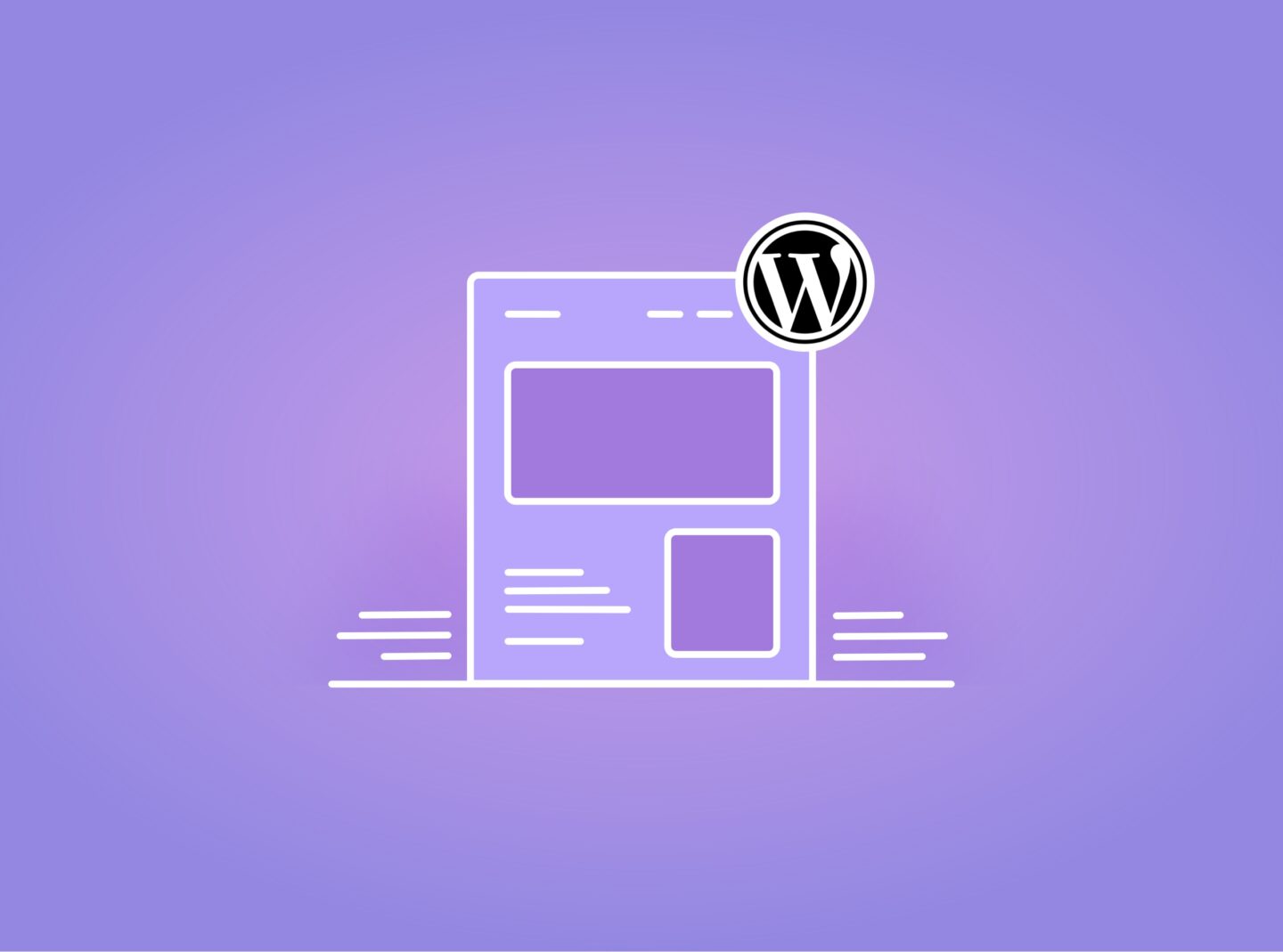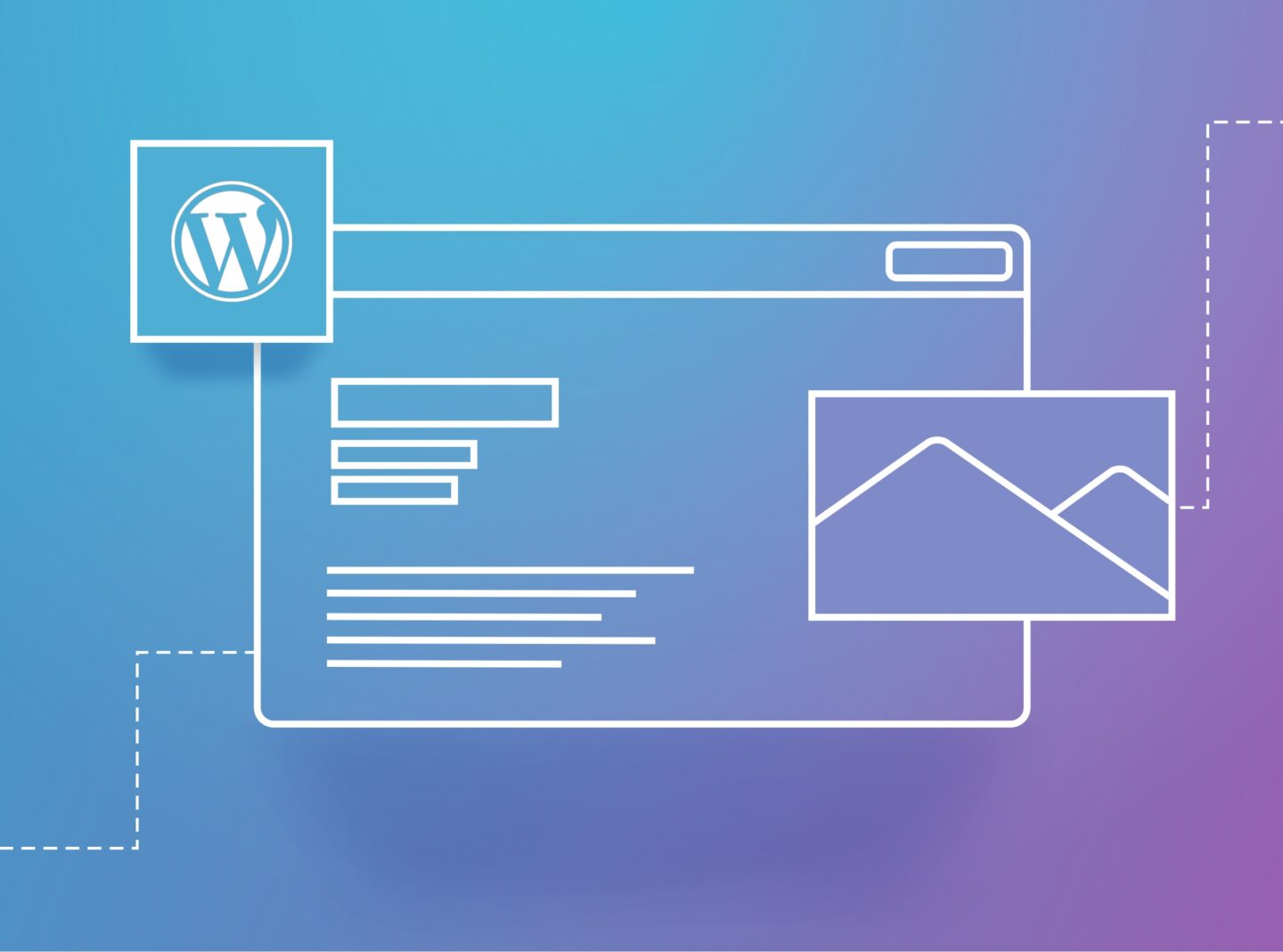If you’re not familiar with what you need to do to maintain your website or blog, this post is for you! We will highlight the critical tasks you must do for WordPress website maintenance and keep it working properly.
Why is important
Everything changes and gets improved. The same happens with coding. WordPress framework, PHP, themes, and plugins release new versions for security and improvement reasons. So, the work for your website is not over when you complete the development. You should keep auditing and optimizing to ensure the best result for your website. An online visitor will not stay long if there is a lack of functionality. Moreover, an insecure or old-fashioned website will repel visitors and lose its reputation in search engines.
You should do a lot of work, but not all tasks need the same frequency. It depends on the kind of website you have, its popularity, and what tools you use. You would be a little busier if you upload new content every day or have many new members every week.
So, it’s time to see all the tasks you need to add to your agenda.
Keep everything up-to-date
Update WordPress, PHP, theme, and plugins is the primary step in WordPress website maintenance. For example, if you won’t update the theme, you could have compatibility issues with the WordPress version or plugins. So, it is vital to maintain your website/blog up-to-date, check for functionality or security issues, and keep a modern look. However, you might find other issues when you update WordPress, theme, or plugins. Let’s say a plugin that hasn’t released a new version could conflict with other parts that have changed lately.
It is a good idea to check for these updates regularly. Sometimes there are automatic updates for WordPress, themes, or plugins. Greatives themes use the Envato Market plugin for automatic updates so you will not stay behind. There are other plugins as well that will help you update automatically.
Clean Everything Up
This means a lot of things. Let’s talk more precisely.
What needs to be deleted from your website? In the backend, you should remove:
- Old plugins: Make sure that all installed plugins are being used and are the best solution for your needs.
- Unused themes: It is recommended to have installed only the theme you use. Moreover, it is vital to evaluate it in terms of code, functionality, and performance.
- Draft & trashed pages: Draft pages that you will never use just make your backend messy without any reason. Plus, remember to clear content in your Trash.
- Old users: Old user accounts might cause security issues. So, it is recommended to have only the necessary users.
- Unnecessary code snippets: Any code snippet you have added might not be necessary now. Do not burden your website and remove it.
- Spam Comments: If you have enabled comments on your website, remember to sort them out and exclude spamming.
Also, cleaning your website database is another essential work you have. I know this may sound more technical. But, thanks to plugins, it is not that difficult to achieve. Among others, you can use the WP-Optimize plugin for cleaning the database.
Backups
Before any other step, you should back up first. This will save you extra time and stress from the possibility that something goes wrong. The more frequent changes are made to your website, the more often you should get backups. Usually, hosting providers take website backups, and you can arrange the frequency too.
If this is not enough for you, there are plenty of plugins to help you back up correctly. You can pick between BackWPup and UpdraftPlus plugins. Otherwise, you can do it manually. Just remember that in WordPress, it is not enough to copy only the WordPress folder but also the database.
Website auditing
The simplest audit is a visual check-up that everything looks and works properly on the front end. Sometimes after updates, some problems it’s possible to come up. Navigate your website and examine both design and functionality.
Secondly, it is a critical step to check your website’s performance. You can easily run tests in GTmetrix or Google Page Speed Insights to ensure it reaches a high loading speed.
We have explained the importance of website security in another article. Take a look! Security mainly affects your work, SEO, and visitor experience. So, it is not something you will get involved in for a couple of days, and that’s it. You need continuous control and protection. Thankfully, you can have good allies in this battle. Plugins like All in One WP Security, Sucuri, and Wordfence can boost your security shield.
Conclusion
WordPress website maintenance is a continuous and crucial procedure for every website. Make a detailed timetable so you won’t miss any of the above tasks. The frequency of every task should differ for every website.
A part of your website maintenance is also to keep it modern. It doesn’t mean you should change your pages’ entire design every year. But, you can make small changes in the design part when needed to always present a fresh look.



